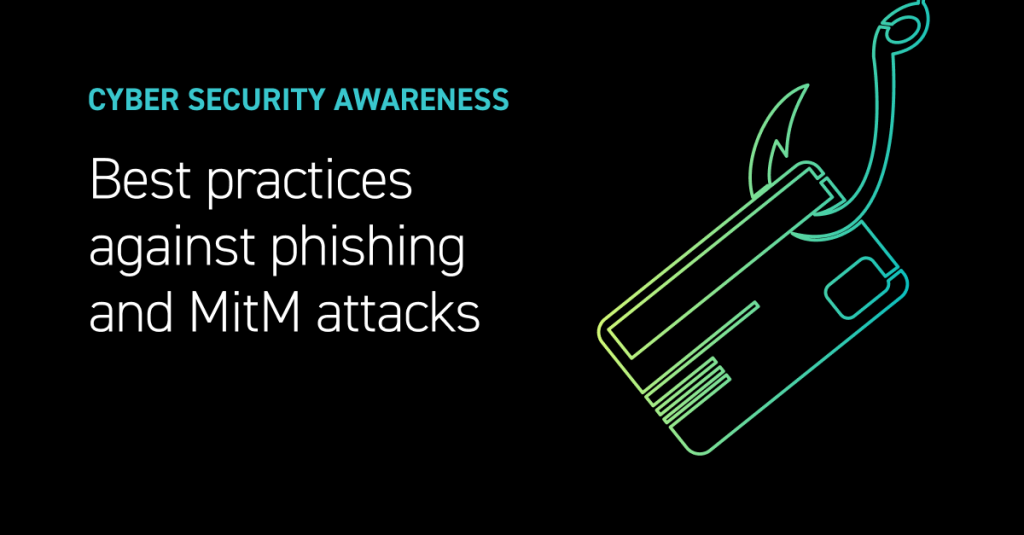
As the industry becomes more reliant on new technologies, cyber attacks on insurance companies represent a greater threat. Attacks are becoming more sophisticated, and it’s important to keep learning about new dangers. In this article, we’ll discuss traditional phishing and man-in-the-middle attacks.
Phishing attacks are a common cyber tactic where attackers pretend to be trustworthy sources to trick people into sharing sensitive information like passwords and credit card details. A newer form of phishing, man-in-the-middle (MitM) attacks, don’t trick you into giving away data, but intercept and alter your messages in real time. Knowing about this new threat helps us stay ahead in keeping our information safe.
Cyber attacks on insurance companies: Traditional phishing vs. man-in-the-middle
Traditional phishing attacks:
- How they work: Traditional phishing attacks work by sending deceptive emails or messages that appear to be from trusted sources, such as companies or banks. These emails often contain links to fake websites designed to steal your login credentials or financial information when you enter them.
- What they want: Aim to obtain your sensitive information, including usernames, passwords, credit card details, or other personal data that they can use for fraudulent purposes.
- How to stay safe: Be cautious of unexpected requests for personal or financial information, especially if they create a sense of urgency. Always verify the sender’s email address and the URLs in links before clicking. Report suspicious emails using any available security reporting tools in your email system.
Man-in-the-middle phishing attacks:
- How they work: In MitM phishing attacks, hackers intercept the communication between you and a legitimate website or service. They can secretly alter messages or transactions without your knowledge, making it appear normal to both parties.
- What they want: The attackers want to steal sensitive data exchanged during your online session, such as login credentials, financial transactions, or personal information. By gaining access, they can control your accounts or conduct fraudulent activities.
- How to stay safe: Always access online services through secure, trusted websites and applications. Use robust authentication methods like multi-factor authentication (MFA) to protect your accounts and data.
Do’s and don’ts to prevent MitM attacks
- Do:
- Connect to secure websites: Always verify the URL of critical websites before entering your credentials to ensure you are on legitimate sites.
- Use authorized applications: Only use applications approved by your IT department to minimize risks associated with unauthorized software.
- Stay vigilant: Be alert for signs such as unexpected account behaviors, unfamiliar emails, or changes to websites. If something doesn’t seem right, report it to your IT or security team for investigation.
- Don’t:
- Connect to unsecured/public WiFi: Avoid connecting to unsecured or public Wi-Fi networks. Unsecure networks are a common target for MitM attacks. Though it may seem convenient, public WiFi could be a trap used to target users who don’t have solid cyber awareness.
- Use weak passwords: Create strong, unique passwords for all accounts. Weak passwords are easily cracked by attackers. Use a combination of letters, numbers, and special characters, and avoid using the same password for multiple accounts. Consider using a password manager to keep track of your passwords securely.
- Adopt unsecured authentication methods: Avoid using less secure methods like SMS or voice calls for multi-factor authentication (MFA). Instead, use app-based authentication for enhanced security.
Phishing attacks, especially MitM attacks, are significant threats in today’s digital world. By understanding these threats and implementing strong security practices, we can reduce the risk of falling victim to cybercriminals. Stay vigilant, keep your systems up-to-date, and prioritize the security of your communications. Together, we can build a safer digital environment for everyone.
Learn more about ReSource Pro’s commitment to cybersecurity.




